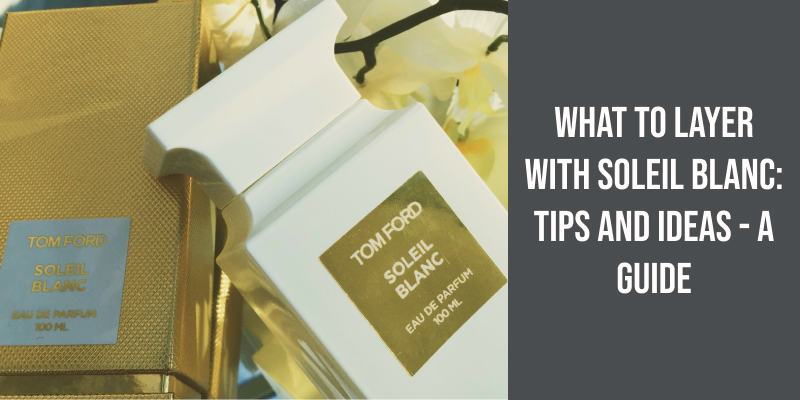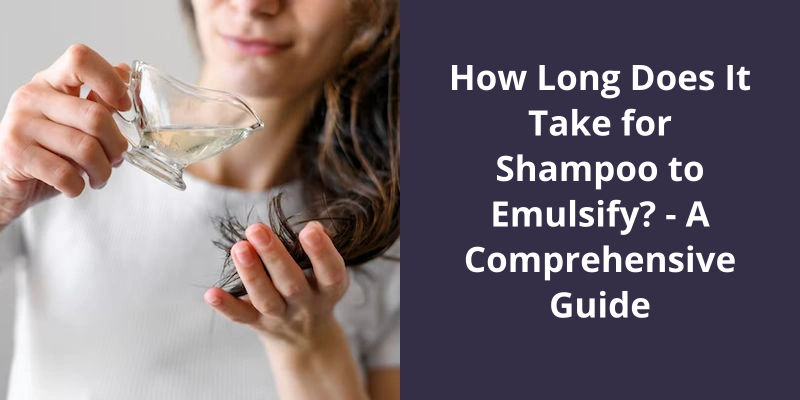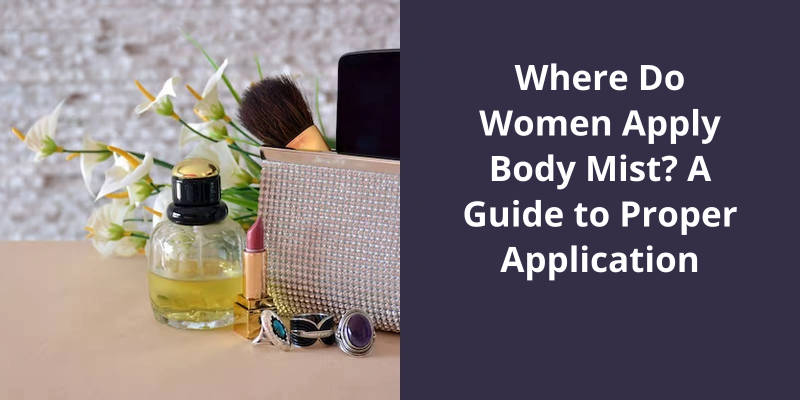Yes, you should dilute fragrance oil. If you use it undiluted, it might cause irritation or allergic reactions on your skin due to its high concentration. The fragrance also might be too overpowering in its pure form. You can dilute it with a carrier oil like almond oil, jojoba oil, or coconut oil. The general rule of thumb is to use one part fragrance oil to seven parts carrier oil, or about 15% fragrance oil to 85% carrier oil, but this may vary depending on the specific oils and your personal preference. Remember always patch test first to ensure there is no adverse reaction.

How Can I Dilute Fragrance Oil?
One way to effectively dilute fragrance oil for safe use is by using a carrier oil or a non-scented lotion. This method allows you to control the concentration of the fragrance oil and prevent any potential skin irritations. Mix the two substances together by blending them between your hands, creating a homogeneous mixture. Once the fragrance oil is properly diluted, you can apply it directly to your skin and enjoy your favorite aroma without any worries.
The carrier oil acts as a base for the fragrance oil, allowing it to spread evenly and ensuring a smoother application. Be sure to choose a carrier oil that’s compatible with your skin type, as some oils may cause unwanted reactions. Additionally, using a non-scented lotion allows you to customize the concentration according to your preferences, making the fragrance oil more wearable and pleasant.
For instance, if you plan to use it as a personal perfume, a higher concentration may be desired. In this case, you can adjust the amount of fragrance oil added to the carrier oil or lotion accordingly. However, if you’re using the diluted fragrance oil for home fragrance purposes, a lower concentration is usually sufficient to create a pleasant ambiance in your living space.
Diluting fragrance oil also offers the benefit of cost-effectiveness. By diluting the fragrance oil, you can make it last longer and stretch your supply without compromising on the scent quality. This can be particularly advantageous for those who enjoy experimenting with different scents or have a limited budget. Furthermore, this method allows you to create customized blends by combining different fragrance oils, providing endless possibilities for unique and personalized scents.
So go ahead, dilute your favorite fragrance oil and indulge in the delightful aromas that you love.
Different Types of Carrier Oils and Their Properties
- Jojoba Oil – Lightweight and moisturizing
- Coconut Oil – Nourishing and anti-inflammatory
- Sweet Almond Oil – Rich in vitamins and suitable for all skin types
- Grapeseed Oil – Lightweight and non-comedogenic
- Argan Oil – Hydrating and high in antioxidants
- Avocado Oil – Deeply moisturizing and soothing
- Olive Oil – Good for dry skin and natural makeup remover
- Rosehip Oil – Regenerative and brightening
- Castor Oil – Thick and moisturizing, great for hair growth
- Apricot Kernel Oil – Gentle and rejuvenating
Here’s a simple recipe to try: combine three parts base note oil, two parts middle note oil, and one part top note oil. This balanced ratio will help create a well-rounded fragrance blend, allowing each note to shine while maintaining harmony. As you gain experience, don’t be afraid to experiment and find your own unique combinations that reflect your personal taste and style.
How Many Fragrance Oils Can You Mix Together?
There are countless recipes available online that can guide you in blending fragrance oils. These recipes typically provide you with a combination of top, middle, and base notes that work well together.
This is where the art of fragrance blending truly comes into play. You can mix as many fragrance oils as you like, whether it’s two, three, or even more. The key is to understand how each fragrance interacts with one another.
When blending fragrance oils, it’s essential to consider the different notes of each oil. Fragrance oils are typically classified into top, middle, and base notes. Top notes are the first scent you smell when you apply a fragrance, while middle notes are the heart of the scent and base notes provide depth and longevity. By understanding the notes of each oil, you can create more complex and balanced blends.
To dilute fragrance oils, you can use a carrier oil or a neutral base, such as unscented lotion or body wash. This is especially important if you’re working with highly concentrated fragrance oils, as they can be overwhelming when used undiluted. Diluting fragrance oils allows for better control over the intensity of the scent and can also help the fragrance to adhere to the skin or other surfaces.
Source: Fragrance Oil Blending: A Primer – Armatage Candle Company
Furthermore, alcohol helps to evenly distribute the fragrance molecules, ensuring a well-blended and long-lasting scent. Diluting fragrance with alcohol also provides a smoother and more seamless application, allowing the perfume to be sprayed on easily. Therefore, when it comes to diluting fragrance, alcohol proves to be the best choice for achieving the desired effects.
What Is the Best Way to Dilute Fragrance?
Adding alcohol to your fragrance oil is the most effective and commonly used method to dilute it. Alcohol acts as a great solvent for fragrance ingredients, allowing them to mix together seamlessly. It not only dilutes the fragrance oil but also functions as a natural preservative, preventing the growth of harmful bacteria or fungi in your perfume. This ensures that your fragrance remains safe to use and maintains it’s quality over time.
Look for options like perfumers alcohol or ethanol, as they’ve a high alcohol content and are free from impurities that could affect the scent or longevity of your perfume. Avoid using rubbing alcohol or denatured alcohol, as these may contain additives that can alter the fragrance or cause skin irritations.
When it comes to creating a personalized perfume, it’s important to find the perfect balance between fragrance oil and carrier oil. The recommended ratio for this blend is 90:10, with 90% of carrier oil and 10% of perfume oil. This ensures the right concentration and longevity of the scent when applied to the skin. To create your own signature fragrance, simply mix your preferred perfume oil blend into a bottle and fill the remaining space with carrier oil.
What Is the Ratio of Fragrance Oil to Carrier Oil for Perfume?
When it comes to creating your own perfume, one important consideration is the ratio of fragrance oil to carrier oil. This ratio determines the strength and intensity of the scent in the final product. Generally, the recommended ratio is 90:10, with 90% of the blend consisting of carrier oil and 10% fragrance oil. This ensures that the fragrance isn’t overpowering and allows for a balanced and well-rounded scent.
To achieve this ratio, you can begin by selecting your favorite fragrance oil or mix. It’s important to distribute the drops evenly or follow specific ratios provided by the manufacturer to ensure accurate measurements. Once you’ve determined the appropriate number of drops for your chosen fragrance oil, you can then proceed to fill the rest of the bottle with carrier oil.
Carrier oils, such as jojoba oil, almond oil, or grapeseed oil, serve as a neutral base that dilutes and carries the fragrance oil. They help to soften the potency of the fragrance and provide nourishment to the skin.
Conclusion
Dilution helps to ensure that the concentration of the fragrance is suitable for individual tolerance levels. Taking these precautions not only promotes safer use but also allows one to enjoy the aromatic benefits of fragrance oils without any unwanted side effects.





